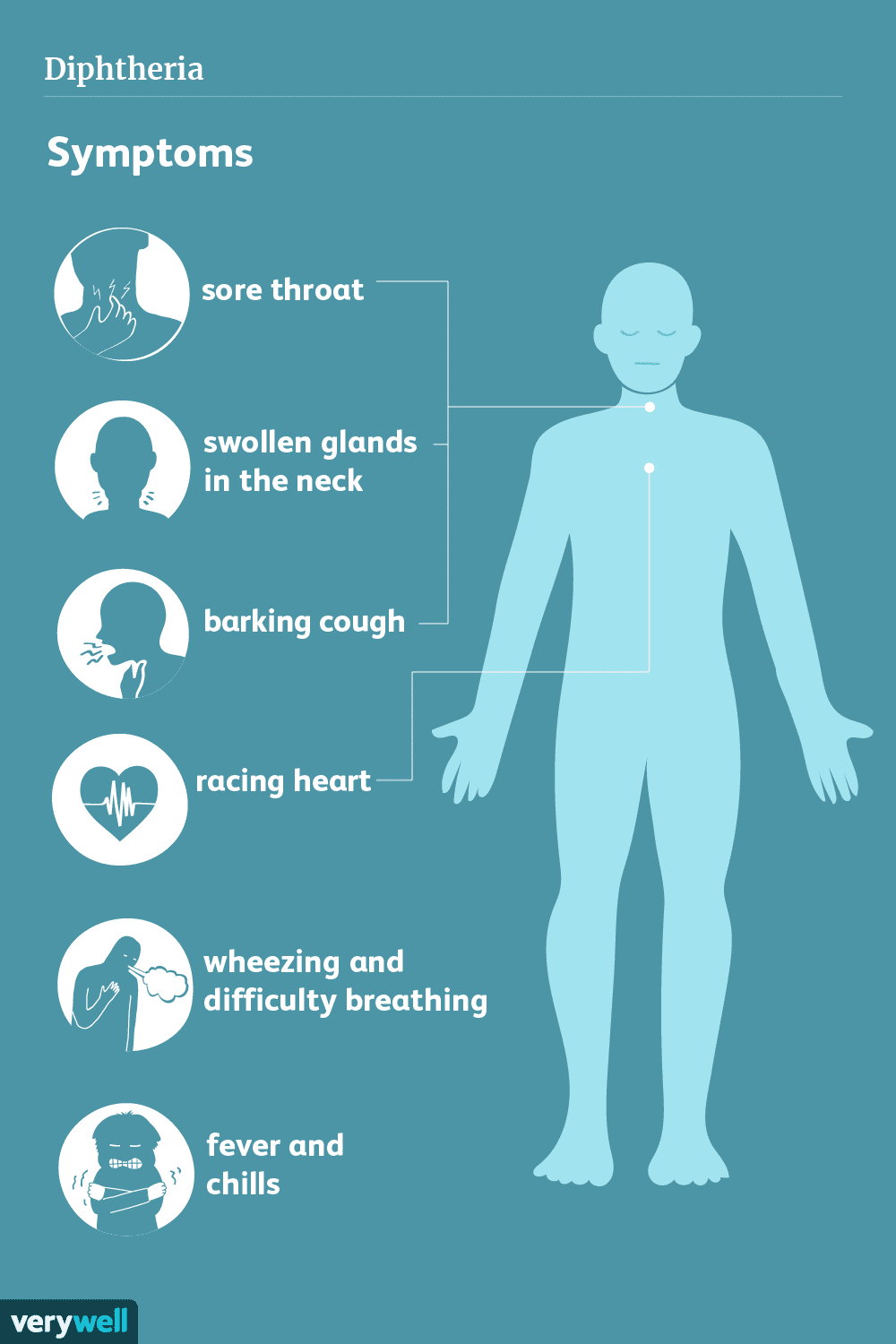Where Diphtheria is wiping out from the rest of the world, this infectious disease is causing an increasing number of fatalities in Pakistan. The virus has caused around 44 deaths in the country and seems to get worse in the upcoming days. To cope with the Diphtheria outbreak in Pakistan, the National Institute of Health (NIH) Islamabad has advised the Drug Regulatory Authority in Pakistan (DRAP) to ensure the provision of Diphtheria Antitoxin in Pakistan.
Around 44 children and teenagers have lost their lives to the Diphtheria outbreak in Pakistan. Even hundreds of cases of this infection are reported in several provinces of the country. The medical authorities are becoming more vigilant of the situation and working on providing the antitoxin to save the lives of the young ones.
This is an infectious disease that can target people of all ages. If you want to protect yourself from the Diptheria outbreak in Pakistan, here is all the information you need.
What Is Diphtheria?
Diphtheria is an infectious disease that spreads with strains of bacteria called Corynebacterium diphtheria. Vaccination can prevent this infection in infants, children, teenagers, and adults. The infection can cause difficulty in breathing, changes in heart rate, and even death.
Causes and Spread
Strains of bacteria cause the formation of this virus. This infection spreads through respiratory droplets excreted through coughing or sneezing. Other causes of spread are touching infected open pores, wounds, or ulcers.
Who Are Under Threat?
Several people who are under threat of getting Diphtheria infection include:
- People who live in the same household.
- People who frequently stay in contact with the patient.
- Those who touch or get in contact with the mouth or skin of the patients.
Types and Symptoms
Diphtheria can affect the respiratory system or the skin of patients. The signs vary depending on the affected body part. Anyhow, the symptoms begin to appear within 2-5 days. There are two types of Diptheria infections: Respiratory and Skin Diphtheria.
Respiratory Diphtheria
Respiratory Diphtheria infects the respiratory tract and causes the following symptoms:
- Weakness
- Swollen Glands in the neck
- Mild fever
- Nasal discharge
- Sore throat
The bacteria gradually kill the healthy tissues in the respiratory system. Within a few days, the dead tissues turn into a thick, grey covering that covers the tissues in the throat and nose. This situation makes breathing and swallowing difficult for patients. If not taken care of on time, the toxin may mix with the blood and damage the heart, kidneys, and nerves.
Diphtheria Skin Infection
This type of Diphtheria is called Cutaneous. It causes redness, swelling, and pain in the affected area. The bacteria in this skin infection can cause a grey covering on the Ulcers. The symptoms are:
- Skin rash
- Blisters
- Redness
- Grey membrane on Ulcers
This type of infection is most common in tropical areas where people live in crowded places. The crowded places make them more vulnerable to getting in contact with each other which creates a higher risk of getting infected.
Diagnosis
If you feel any of the above symptoms, it is time to go and see the doctor. To diagnose the infection, the doctor can take a swab sample from the nose, throat, or open ulcers. During lab tests, if the bacteria grow into Diphtheria toxin, it has to be treated urgently.
Treatment
For treatment, patients have to be given the Diphtheria vaccine which is more effective in case of respiratory infection. Moreover, the patients can also use antibiotics to kill harmful bacteria in the body.
During treatment, it is vital to keep the patients in isolation so others do not get in contact with the toxins. To prevent this harmful Diphtheria outbreak in Pakistan, it is important to get the vaccination to save precious lives. So, it is advisable to never ignore even the mildest symptoms. Else, the infection may lead to difficulty in breathing, damage to the heart, nerve, or kidney, and eventual death.



